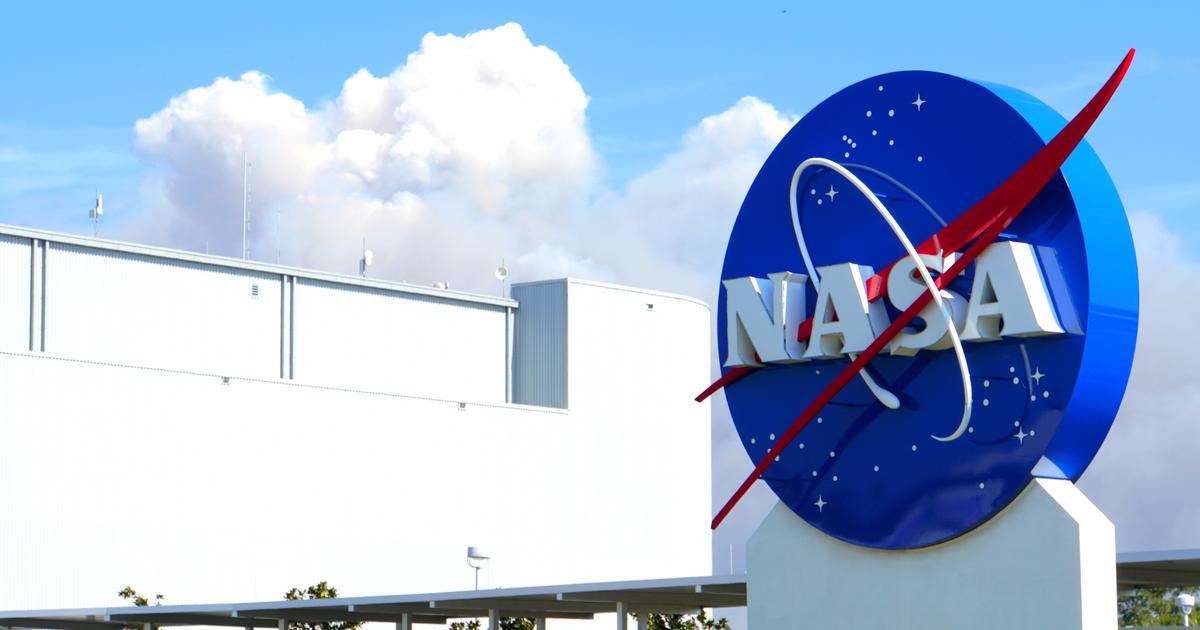It is an event that is reminiscent of the scenario of Netflix's event film, Don't look up with Leonado DiCaprio, already viewed more than 320 million times.
But the end (spoiler alert) should be less tragic.
Nevertheless, according to scientists, an asteroid dubbed "1994 PC1" should graze Earth this Tuesday evening.
According to forecasts, it will even be at 9:51 p.m. that this mass with a diameter of one kilometer will pass near the Earth, details Ouest-France.
If it is classified as “potentially dangerous” by the American space agency, NASA (National aeronautics and space administration), it should not strike our planet since it will pass nearly two million kilometers.
1.93 to be precise, or five times the distance between the Earth and the Moon, recalls the daily newspaper La Montagne.
NASA has also classified it in this category of "potentially dangerous" because of its size and the distance at which it will approach the Earth.
“If we had an object of this size that encountered our planet, it would be quite catastrophic.
In the specific case, there is no risk of collision, ”wants to reassure Sylvain Bouley, planetary scientist, professor at the University of Paris Saclay and president of the Astronomical Society of France, interviewed by La Montagne.
Not visible to the naked eye
It is one of some 25,000 objects longer than a kilometer monitored.
This one, spotted in 1974, measures the equivalent of three times the Eiffel Tower or ten football fields.
“There is absolutely no danger with this one”, reassures Patrick Michel, director of research at the National Center for Scientific Research (CNRS), questioned by our colleagues.
"Statistically, 90% of objects larger than one kilometer, which is also the disaster threshold if they fell to Earth, are known", continues the scientist.
☄️Potentially Hazardous #asteroid 1994 PC1 will safely come as close as 2 mln of km from us next 18 Jan.
#1994PC1
🔭We will show it live, online!
📌 more: https://t.co/aMuPXpJPMW pic.twitter.com/FJMOz96k2K
— Virtual Telescope (@VirtualTelescop) December 30, 2021
However, there is nothing to panic about.
“You have to put things into perspective: a collision with this type of object only occurs every ten or twenty million years,” recalls Sylvain Bouley.
It will then be a question for enthusiasts to try to observe this “big rock”.
From Earth, with the naked eye, it will not be visible.
Those equipped with a telescope with a sufficiently powerful refractor, at least six inches, because the asteroid is not bright enough to see, could see it if the weather is right.
Otherwise, it is always possible to follow the live broadcast offered free of charge by the Virtual Telescope project.
For the youngest, the asteroid should pass close to the Earth on January 18… 2105.








/cloudfront-eu-central-1.images.arcpublishing.com/prisa/TQ73US57UFGWTIXR7C3BS2OTIA.jpg)





